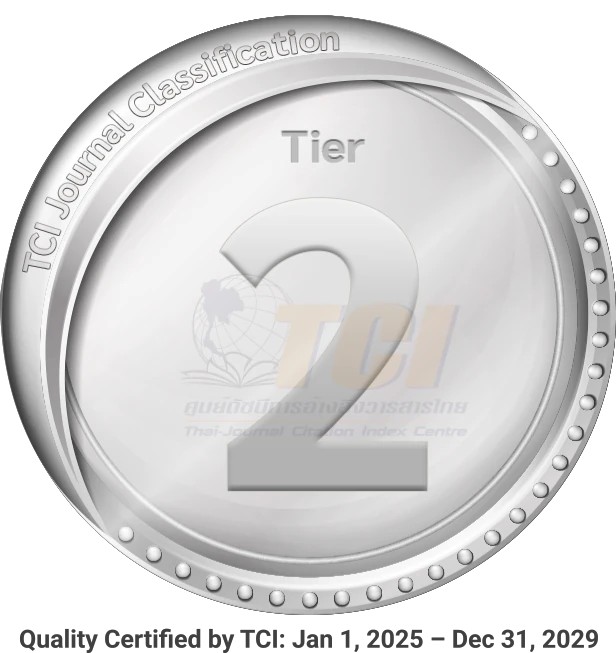The Relationship between Principals’ Instructional Leadership and Teachers’ Self Efficacy in Religious Private School in Alor Setar District
Abstract
The purpose of this study is mainly on finding the relationship between Principals’ Instructional Relationship and Teachers’ Self-Efficacy in Alor Setar District. The study is just focusing on the religious private schools in Alor Setar District. The study uses the dimensions of Principals’
Instructional Leadership theory that has been created by Hallinger and Murphy (1986). There are three dimensions for this theory which are defining the school mission, managing the instructional program, and developing a positive school climate. Moreover, the theory for Teachers’ Self-Efficacy was adapted from Bandura (1997). The questionnaire has been distributed continuously to the teachers in the religious private school around Alor Setar District. Random sampling has been used to select the sample for this study. 136 samples have participated in this study. The data obtained were analysed using the SPSS version 24. The finding show that the level of Principals’ Instructional Leadership and Teachers’ Self-Efficacy are in the high level and it is also found that there is a significant relationship between Principals’ Instructional Leadership and Teachers’ Self-Efficacy (r = 0.46, p < 0.01). Thus, instructional leadership should be practice by the principal in school as the instructional leadership functions help to increase teachers’ self-efficacy.



